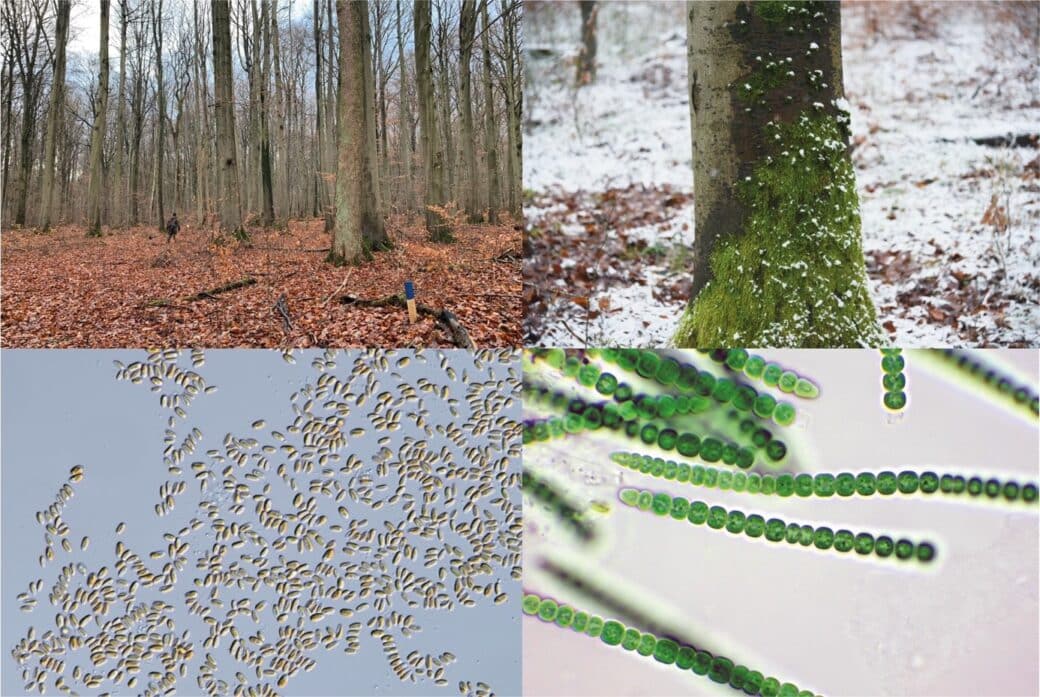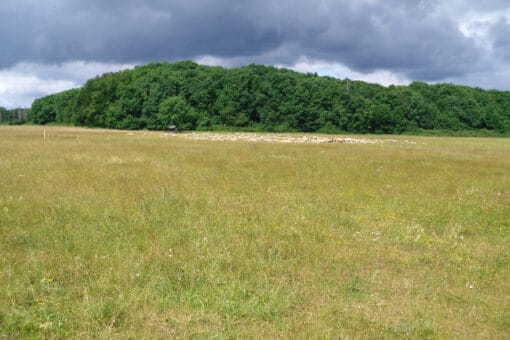Changes in the genetic biodiversity of algae and cyanobacteria in terrestrial surface environments of forests and grasslands under the influences of land use and vegetation

Algae (photoautotrophic protists) and cyanobacteria are essential components of microbial communities in soil. They comprise about 6% of the global net primary production of terrestrial vegetation. Due to their photosynthetic lifestyle, the soil algae/cyanobacteria provide energy, carbon, and oxygen input to soils. There are numerous other favourable effects on their soil habitats, e.g., increasing soil fertility, improving the soil hydrological
regime, stimulating other microbial activity, serving as pioneers in colonization, reducing the impact of wind erosion, and being an essential food source.
However, the actual relevance of the biodiversity of algae and cyanobacteria for the complex soil processes have been underestimated so far, which likely is due to an insufficient understanding of their biodiversity. The drivers of their biodiversity in real-world landscapes have not been understood so far. For example, it remains unclear how much land-use and vegetation influence the genetic biodiversity of the photoautotroph microbial communities.
Goal of the project is a comprehensive assessment of the biodiversity of algae and cyanobacteria at the species level and genotypic resolution in topsoils (surface soils) and related environments, i.e., dead wood, and tree bark. We investigate the changes in the diversity of soil algae under different land use, both in forests and grassland. The goal is to reveal the factors that determine the biodiversity of soil algae.
Joint multi-site experiments (FOX in forests, LUX/REX in grassland) are being worked on. The effects of different land use, such as the opening of the canopy in forests with deadwood enrichment or removal, grassland fertilization, and disturbance of the soil surface, on the biodiversity of soil algae and cyanobacteria, are investigated.
The project will focus on the following working hypotheses:
- The genetic diversity of soil algae and cyanobacteria is influenced by different vegetation, land use, and intensities of land use
- Algae biodiversity in forest surface soils is closely related to that of the algal communities on deadwood and tree bark surfaces.
- Greenland generally has a higher diversity of soil algae and cyanobacteria than forest soils.
- Mechanical disturbance and fertilization negatively influence the phototrophic diversity of soil surfaces.
- Samples of topsoils (0 – 5 cm), surface samples of wood substrates, i.e., tree bark and dead wood, are collected.
- Amplicon-based metabarcoding using the 23S UPA marker (Illumina Miseq 2×300 bp, pairedend) for eukaryotic algal lineages and cyanobacteria, and ITS2 rDNA preferentially amplified for green algae are employed to capture the genetic biodiversity. Long reads from amplicons (PacBio) of chloroplast and nuclear-encoded markers will be used to elucidate the phylogenetic relationships of soil algae and cyanobacteria.










